Practical Life
Your child's journey to independence starts with the little things - pouring their own drink, helping set the table, or carefully washing their hands. These everyday moments are powerful learning opportunities that we call "Practical Life" activities.
“The exercises of Practical Life are formative activities, a work of adaptation to the environment. Such adaptation to the environment and efficient functioning therein is the very essence of a useful education.”
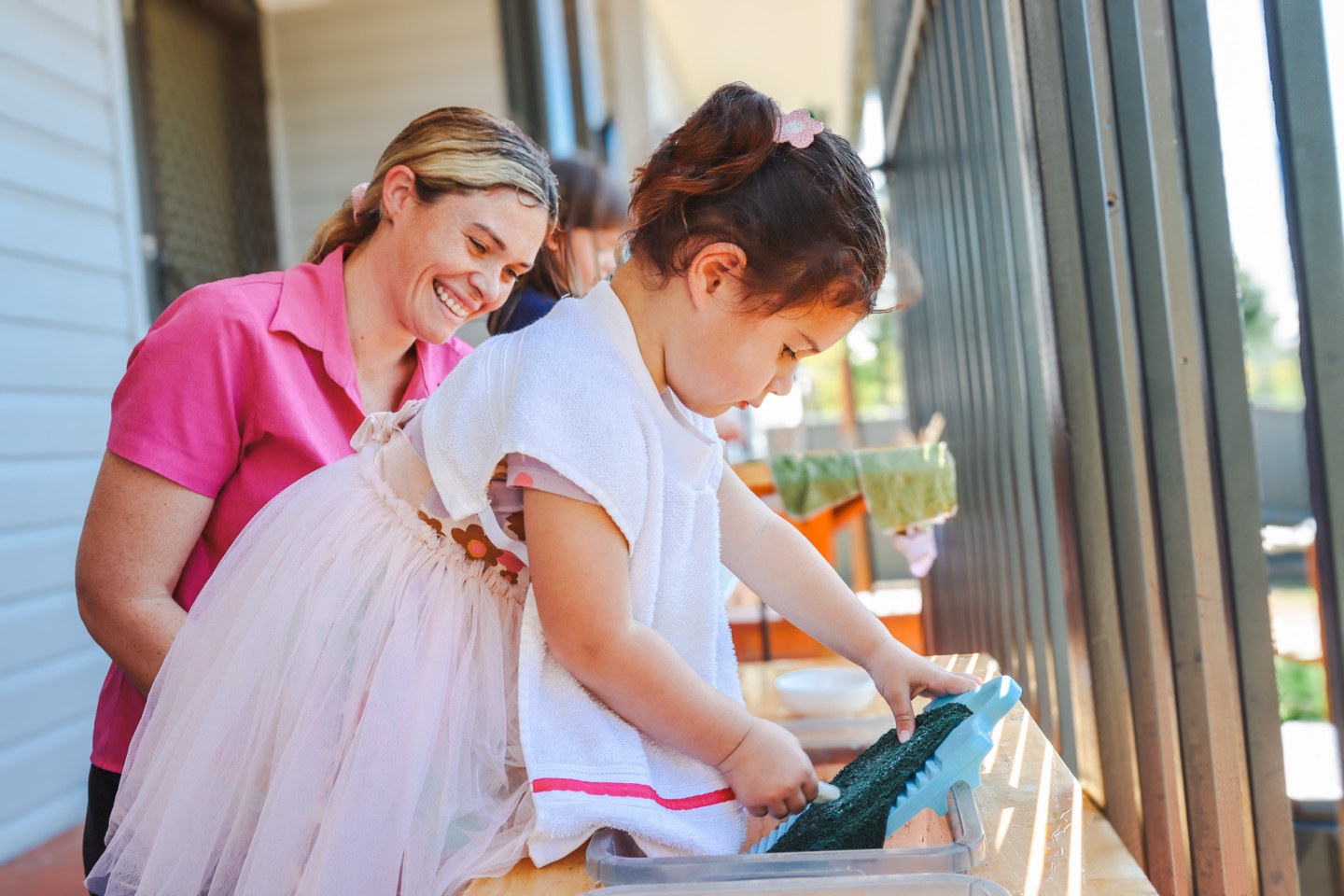
The heart of Montessori
Practical Life exercises help children develop essential skills like order, concentration, coordination, and fine motor control. You'll see children confidently washing tables, carefully pouring liquids, and sweeping their environment. These meaningful activities help children meet their own needs, care for their surroundings, and develop a natural desire to help others - all while building independence, self-confidence, and self-respect.
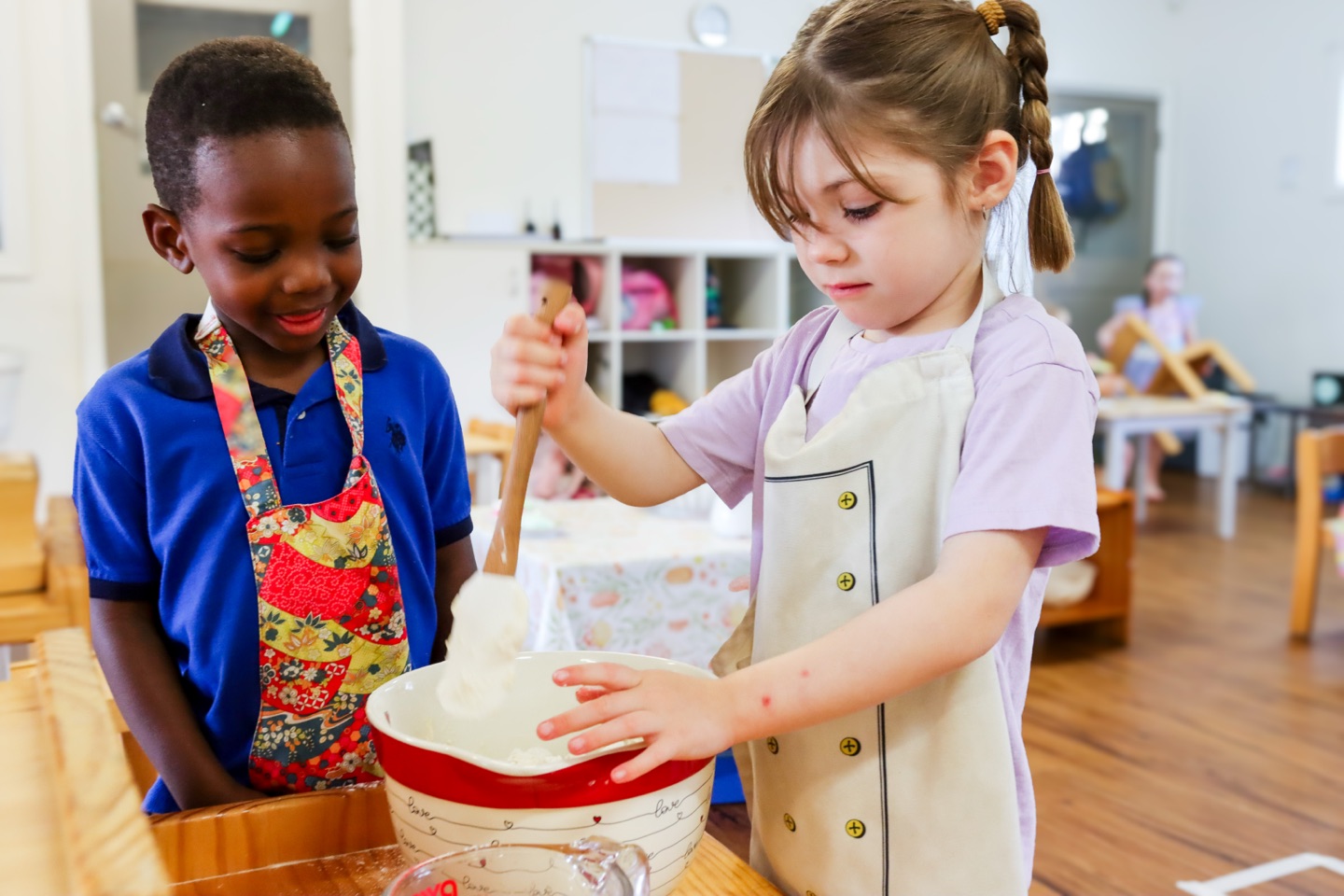
Grace and Courtesy
Through simple lessons children learn valuable social skills like saying "please" and "thank you," waiting their turn, and greeting people warmly. Our educators model these behaviours daily and allow children to practice through role-play and real-life situations. This helps them navigate social situations with confidence and develop the kindness and empathy foundational to their emotional and social growth. Learn more >
0 - 3 years
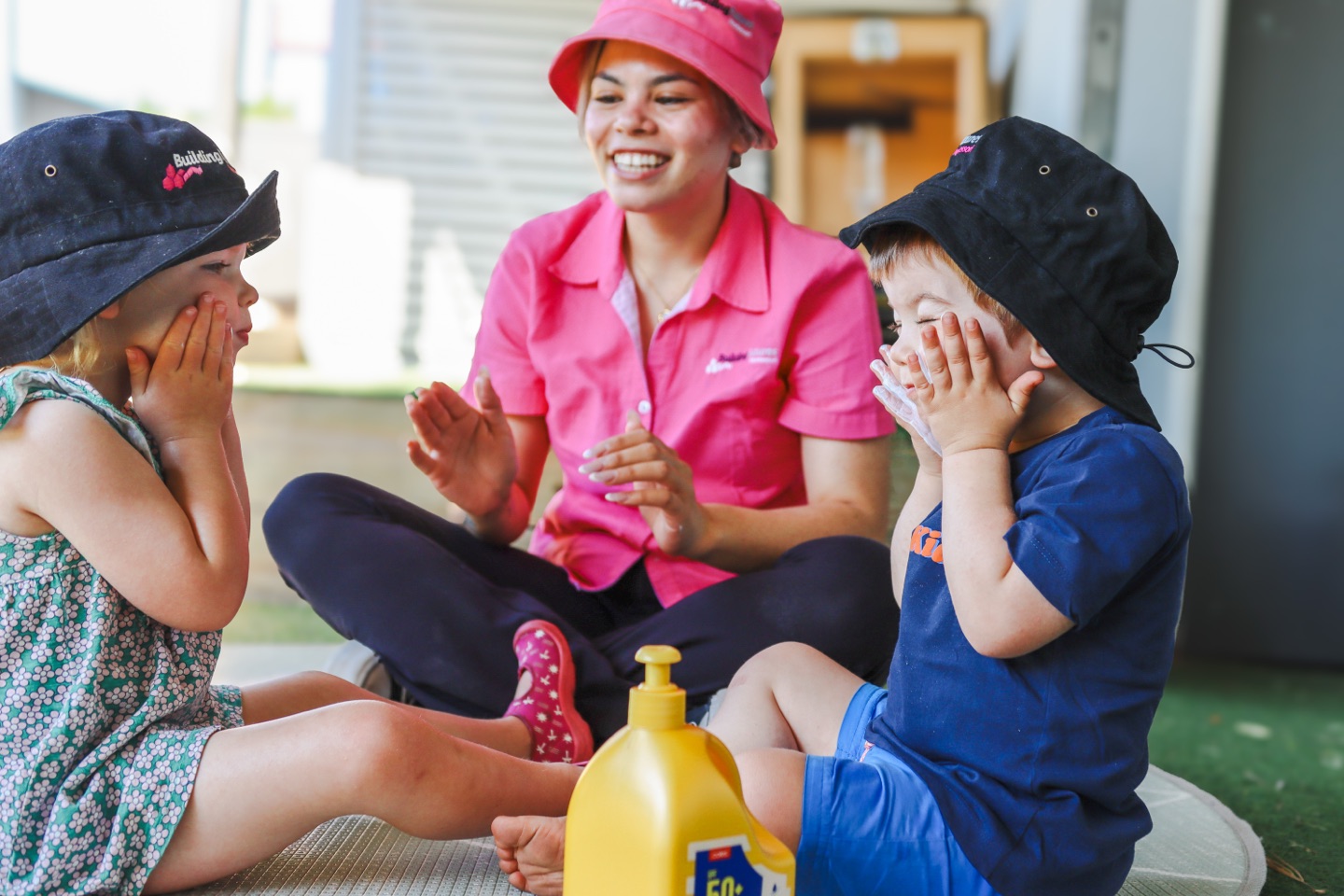
Care of the Person
Children learn essential self-care skills like washing hands, brushing hair, and dressing themselves. These simple activities build physical independence and self-confidence, helping your child feel capable and proud.
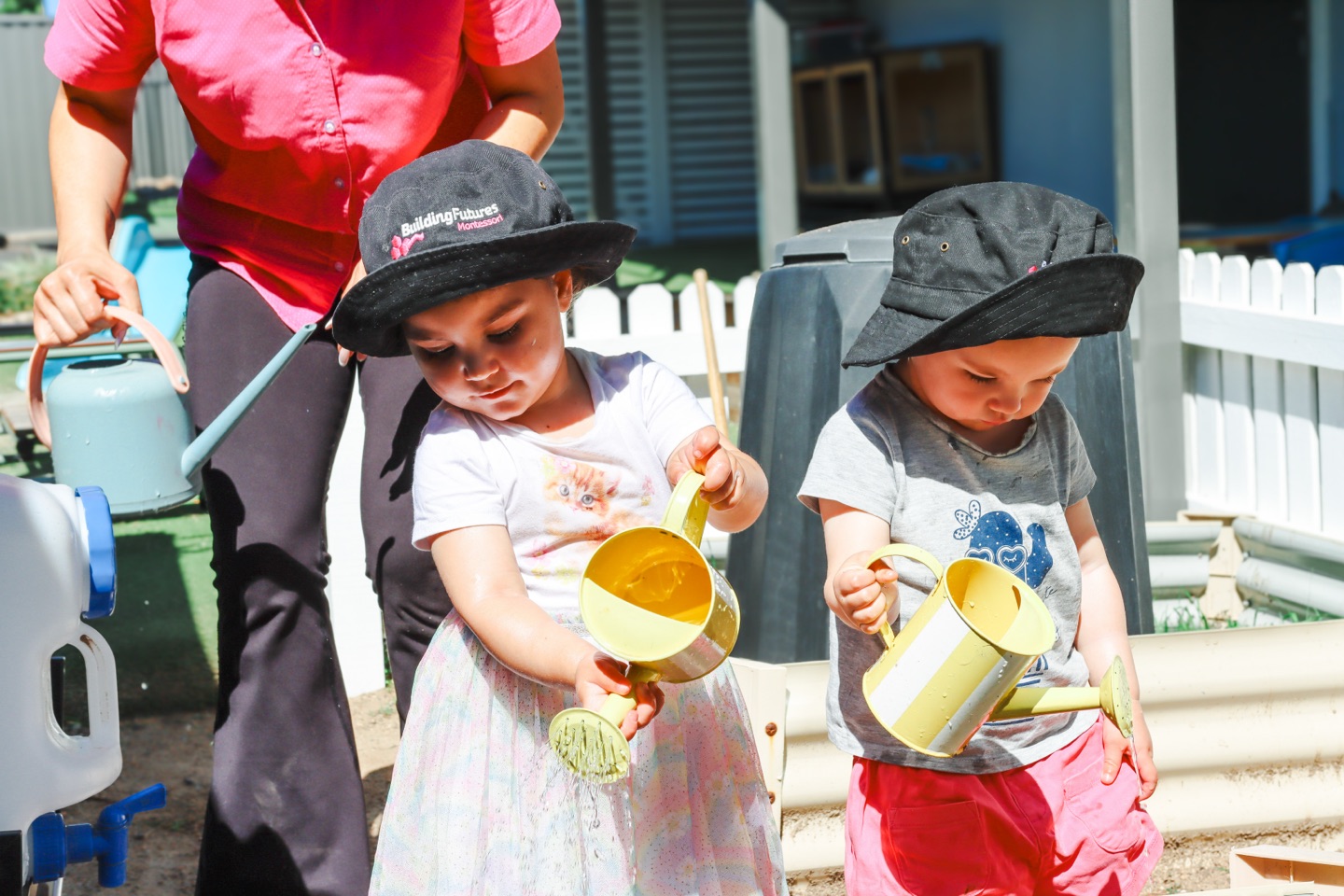
Care of the Environment
Children discover the joy of caring for their space through activities like setting tables and watering plants. These tasks help them feel connected to their environment while developing natural responsibility and order.

Grace and Courtesy
Children learn valuable social skills like greeting friends, using quiet voices, and waiting their turn. Educators model these behaviours daily, helping children develop lasting social awareness.
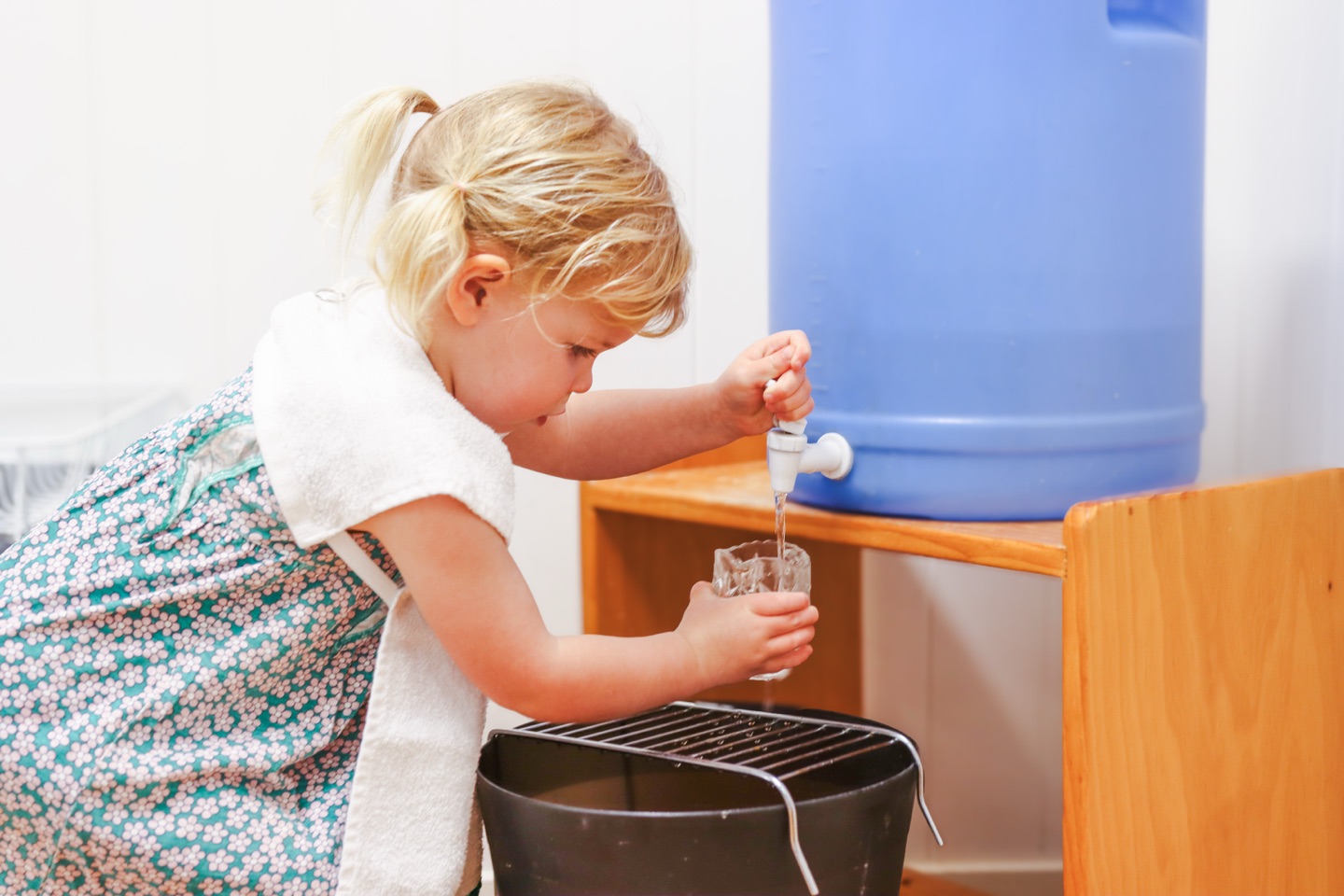
Movement and Coordination
From carrying cups to moving trays, every careful movement builds coordination and confidence. These repeated activities help children perfect their movements and explore their world more independently.
3 - 6 years
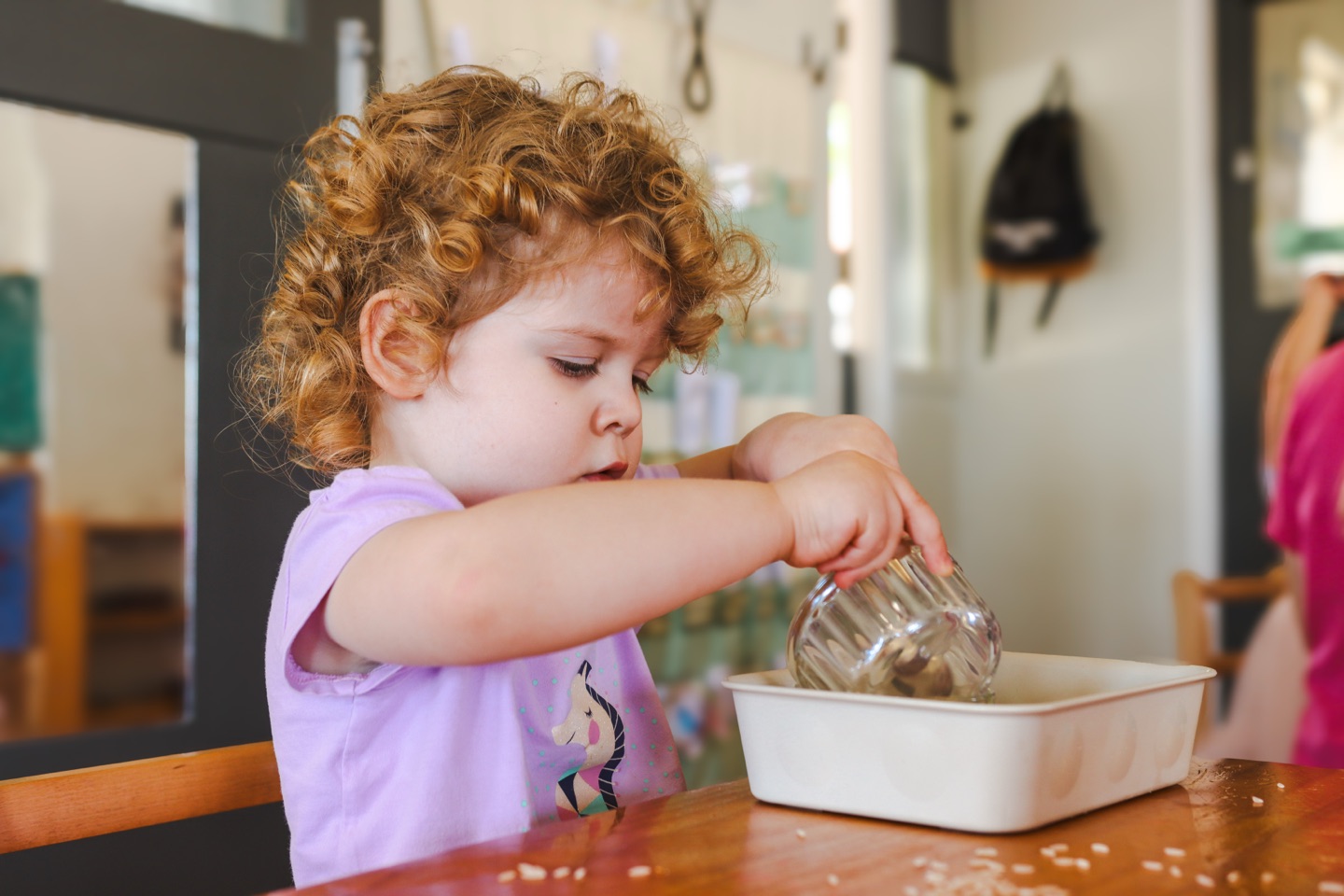
Preliminary Exercises
Children refine essential movements through activities like pouring, rolling, and transferring objects. These simple but purposeful tasks build important brain connections and set the foundation for future learning skills.
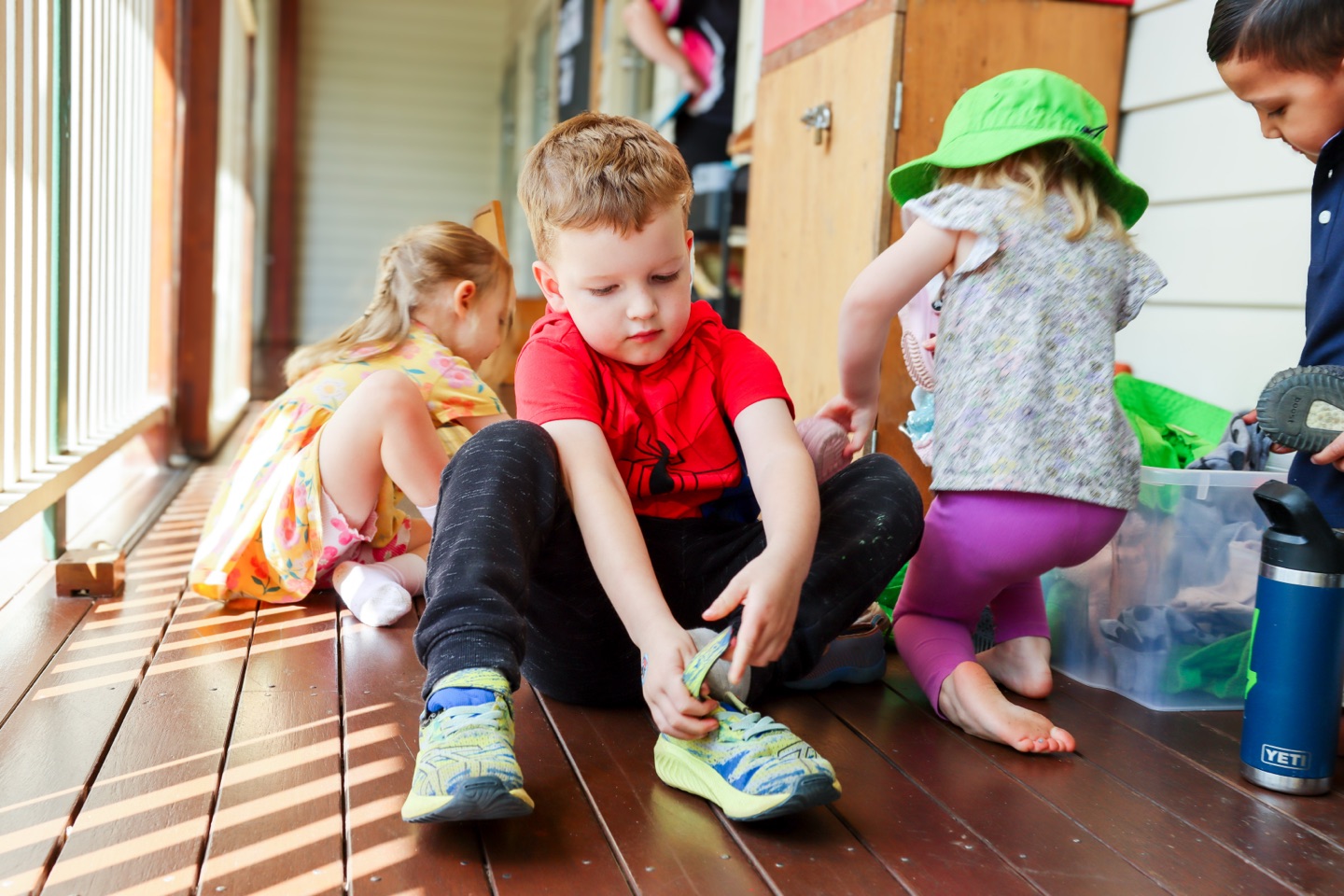
Care of Self
Watch your child's confidence grow as they master skills like tying shoelaces and washing. These self-care activities help children develop autonomy and discipline while fostering dignity and achievement.

Care of the Environment
Everyday tasks like dusting, sweeping, and caring for plants and animals, help children learn to look after their space. This develops coordination while teaching responsibility and respect for their environment.
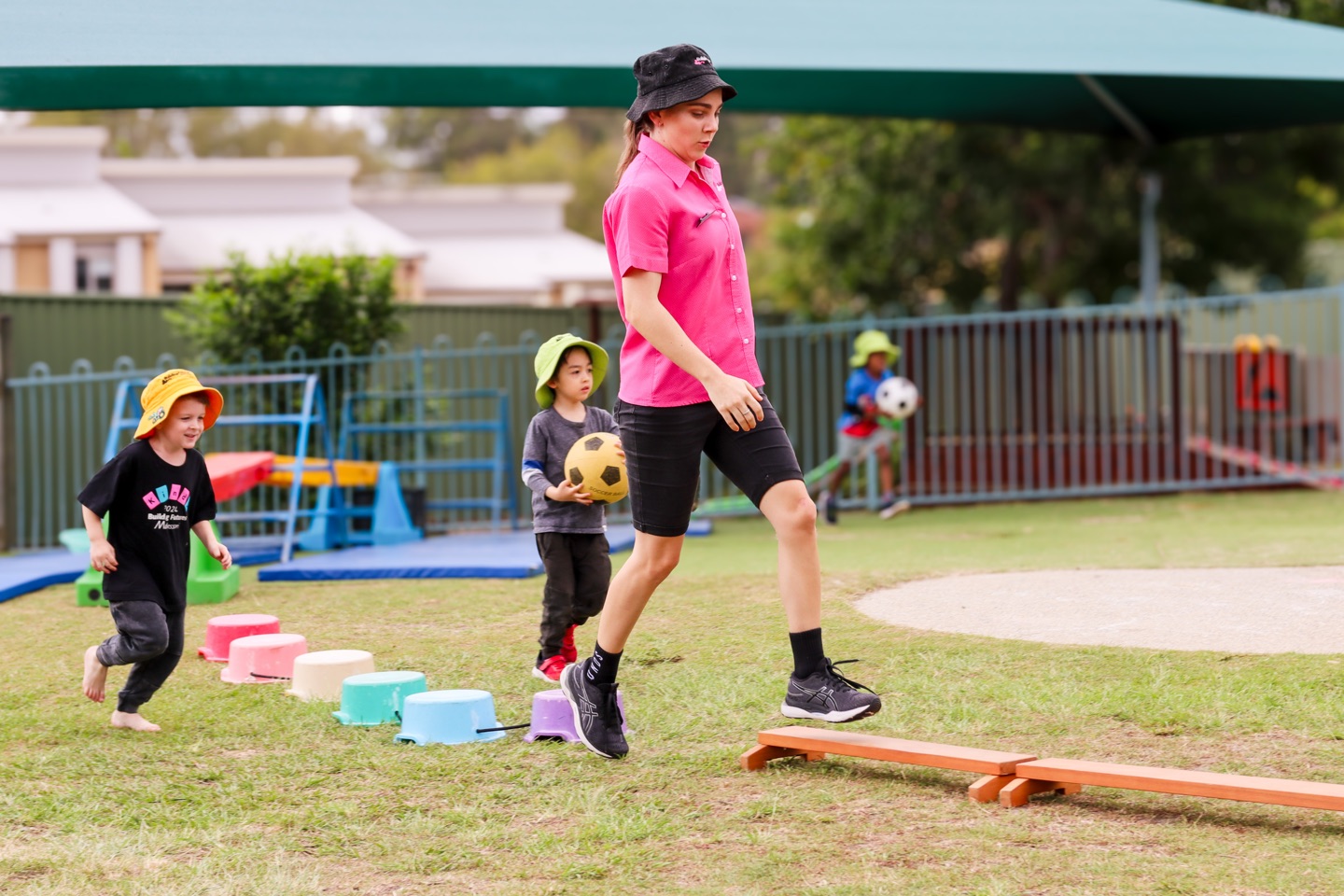
Control of Movement Exercises
Activities like walking on a line and playing the Silence Game help children develop balance and coordination. These fun exercises improve both big and small muscle control while building concentration skills.
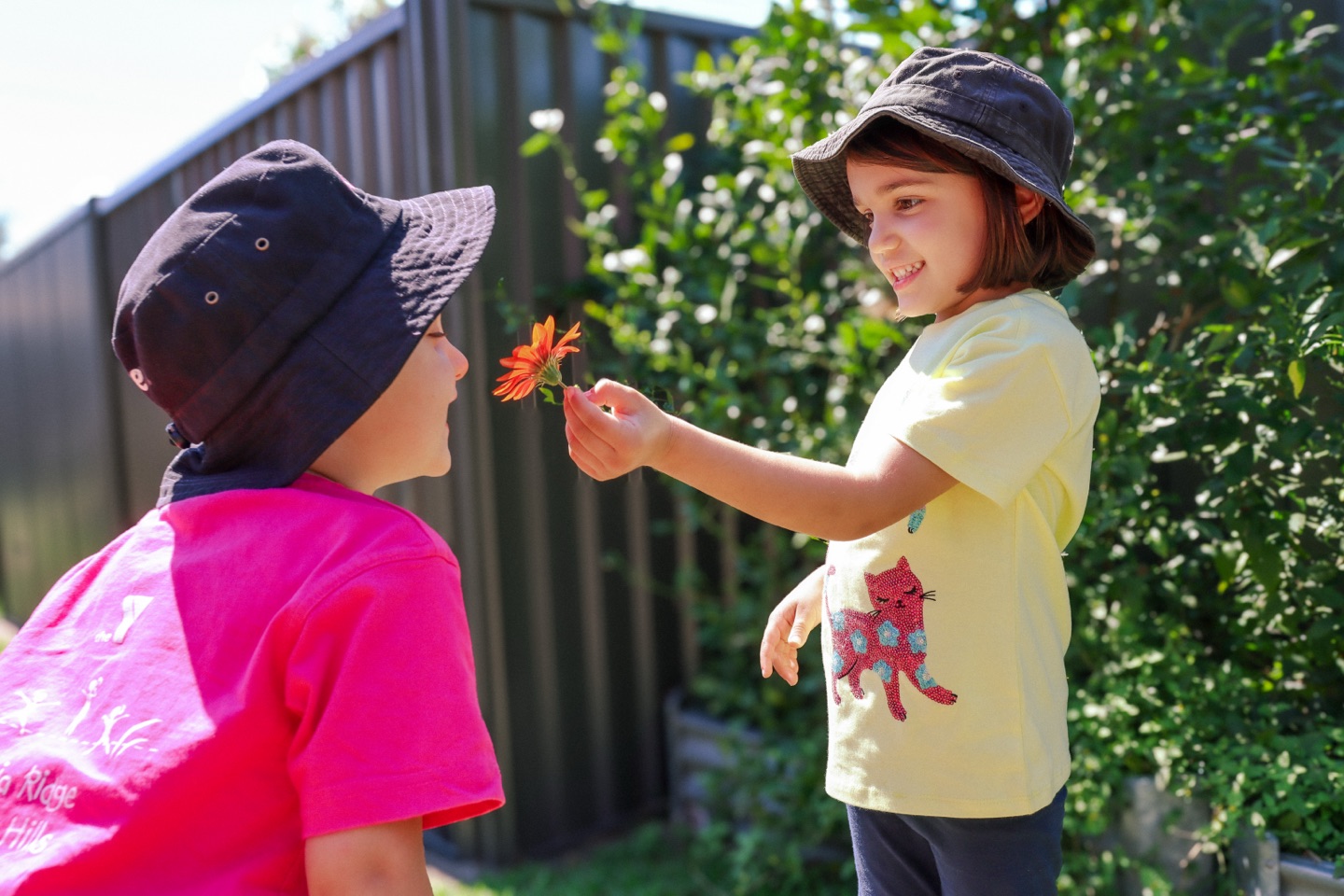
Grace and Courtesy
Children learn to navigate their social world through gentle lessons in manners and positive interaction. These everyday practices help them understand how to be kind, respectful, and confident in social situations.
Small steps lead to big confidence
Building Futures Montessori creates opportunities for your child to develop real independence through meaningful activities they love. Come see how our carefully prepared environments and gentle guidance help children build the skills they'll use for life.






